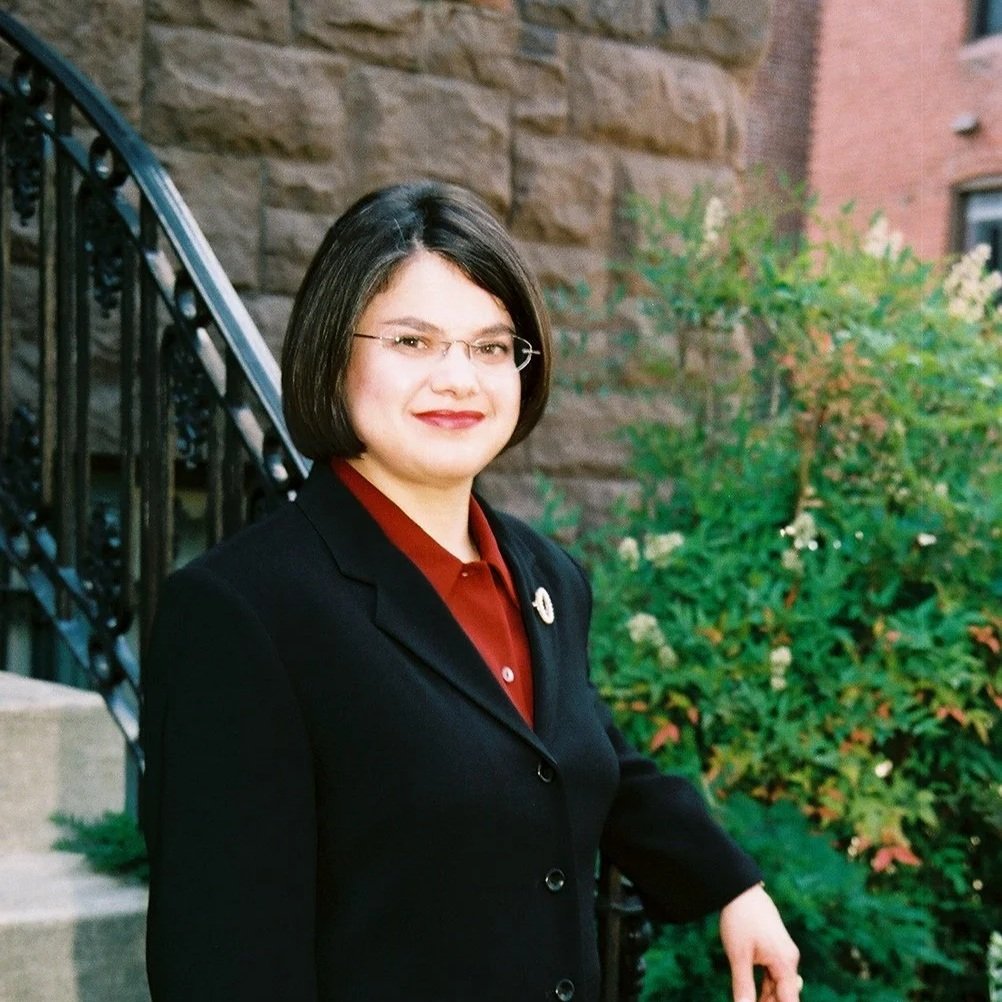TGL Trusted: How Op-Eds Can Strengthen Your Nonprofit’s Credibility In an Age of Misinformation (With Dupont Circle Communications)
Welcome back to TGL Trusted, our monthly series where we team up with experts we trust to bring you deeper insights on the digital marketing topics that matter most. Last month, we dove into thought leadership and long-form content with Ashley Dobson from Through Narrative. This time, we’re zooming in on a powerful but often overlooked tool for advocacy and impact: the opinion editorial, or op-ed.
To help us explore how organizations can use op-eds to share bold ideas and influence change, we partnered with our great friend and colleague Margot Friedman, Principal of Dupont Circle Communications. A trusted ghostwriter and workshop leader in the op-ed space for nearly two decades, Margot helps progressive organizations cut through the noise and get their messages heard.
Who Is Dupont Circle Communications?
Margot Friedman founded Dupont Circle Communications in 2004 to help organizations present their views authentically and persuasively. Since then, she’s become a go-to expert for op-ed writing and workshops that help organizations raise unaddressed problems, propose solutions, and inspire action.
“Op-eds give authors a chance to present their views in an unfiltered way... and persuade lawmakers and others to act.”
- Margot Friedman, Dupont Circle Communications
Why Op-Eds? The Power of the Opinion Editorial
Op-eds are more than a writing exercise; they’re a strategic communications tool. They allow you to step outside traditional messaging and speak directly to your audience with clarity and authority. Once published in a trusted local or national newspaper, they also serve as third-party validation of your organization’s expertise and thought leadership.
This is because newspapers maintain editorial standards and vet submissions for quality, relevance, and credibility. When a media outlet chooses to run your op-ed, it signals to the public that your perspective is not only worth hearing but also trustworthy and informed. This endorsement by an independent platform lends weight and legitimacy to your voice in a way that self-published content often cannot.
“Op-eds can demonstrate your thought leadership, establish your expertise, and raise your organization’s profile.”
Just like any piece of strong content, you can repurpose your op-ed: promote it on social media, pitch it to podcasters, or include it in newsletters and donor updates.
The Challenges Progressive Nonprofits Face Today
Margot is clear-eyed about the media landscape:
“Millions of people are getting sucked into a worldview that doesn’t serve them.”
With the rise of disinformation, politicized news cycles, and the takeover of once-neutral outlets, breaking through with values-driven, fact-based messaging has never been more difficult or more urgent.
That’s where op-eds come in. They offer a rare opportunity to bypass the outrage machine and speak directly to the public in a thoughtful, persuasive voice. By placing arguments in respected publications, progressive leaders can reclaim space in the media conversation and not by shouting louder, but by showing up with clarity and solutions.
But speaking out isn’t without risk. From online harassment to coordinated backlash, many nonprofits worry about the consequences of taking a bold public stance. That’s why preparation matters. A clear crisis communications plan, a well-defined narrative, and tools like social listening can help organizations stay ahead of potential pushback and respond with confidence.
As Margot points out, shaping public debate isn’t just about being heard—it’s about being trusted. And at this moment, trust matters more than ever.
“Progressive nonprofits have to work harder and be strategic to break through a crowded, noisy media landscape. But we are learning, experimenting, and getting it done.”
- Margot Friedman, Dupont Circle Communications
What Op-Ed Editors Want and How to Give It to Them
Op-ed editors aren’t looking for summaries of your programs or surface-level insights. They’re looking for something bold that cuts through the noise.
“An op-ed editor at the New York Times told me she looks for op-eds that are ‘novel, surprising, or unexpected.”
That’s why Margot’s workshops always start with your big idea—the one thought that will make readers pause, reflect, and act. Strong op-eds are rooted in clear, compelling arguments that challenge assumptions and offer new ways of thinking.
But even a great idea can fall flat if it’s sent to the wrong outlet or framed for the wrong audience. That’s why Margot’s top advice is to begin by identifying your target audience and where they get their news. Before you write a word, make a ranked list of your top three outlets. This clarity helps you tailor your message, tone, and approach to fit each platform’s editorial style.
“Everything in communications comes down to this: Who is your target audience? That is, who can give us what we want? Where do they get their news and information?”
By starting with a strong, surprising idea and a clear understanding of your audience, you increase your chances of getting placed and making an impact.
Need help mapping out your key audiences and where to reach them? Download our Audience Discovery Guide to get a head start on identifying the platforms and people who matter most to your message.
Trends Shaping Media Consumption
One of the biggest challenges Margot highlights is the fragmentation of news sources and the alarming number of people who’ve stopped consuming news altogether. This opens the door to misinformation and conspiracy theories, making it even more important for communicators to be strategic about where and how they share their messages. The way people consume news is shifting fast, and not always in a good direction.
“I’m most worried about the millions of people who have stopped consuming news altogether. Many are letting disinformation and conspiracy theories take root in their heads where civics, education, and facts should be.”
That’s why understanding where your audience gets their information from is crucial, and why communicators must meet people where they are with trustworthy, resonant messages.
What Makes the TGL + Dupont Circle Partnership Special
Our collaboration with Margot and Dupont Circle Communications combines her deep expertise in op-ed strategy with The Good Lemon’s strengths in media monitoring and social listening. By tracking how news stories and conversations unfold online, we can help craft op-eds that hit the right tone at the right time.
Our partnership is a powerful example of how combining complementary strengths leads to better, bolder communications. Margot’s expertise in op-ed strategy, paired with The Good Lemon’s media monitoring and social listening, helps nonprofits navigate a noisy media landscape with clarity and purpose.
“The Good Lemon’s media monitoring and social listening services are perfect for getting clarity on both audience and strategy.”
Together, we help organizations place timely, relevant op-eds that resonate and open the door to new opportunities.
Next up in our TGL Trusted series, we’re teaming up with Rocketkoi to explore the power of branding and graphic design to bring your mission to life visually. In the meantime, subscribe to our newsletter for trusted insights, practical tools, and fresh ideas to help your organization communicate more boldly and effectively.




